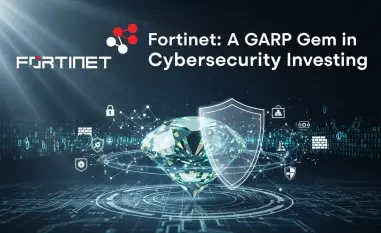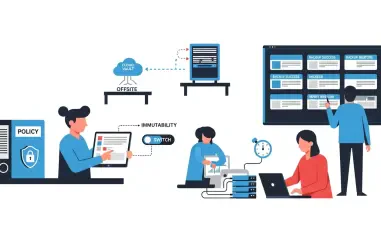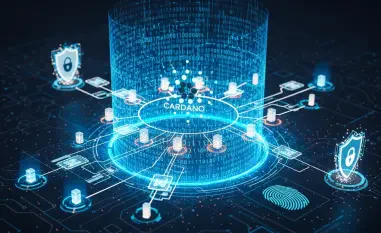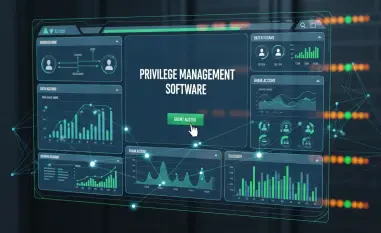Malik Haidar, a renowned expert in cybersecurity, brings a wealth of experience from his work with multinational corporations in combating various cyber threats. His expertise spans across analytics, intelligence, and security, with a unique ability to integrate business perspectives into cybersecurity strategies, making him a valuable resource in understanding the intricacies of digital threats such as phishing and vishing. In this conversation, Malik elaborates on these techniques, providing insights into how they operate and offering practical advice on how individuals can protect themselves.
Can you explain the difference between phishing and vishing?
Phishing and vishing are both tactics that cybercriminals use to manipulate individuals into divulging sensitive information. Phishing primarily operates through written communication, such as emails or text messages, which mimic real entities to trick recipients into revealing personal details or clicking on malicious links. Vishing, on the other hand, occurs over the phone, where scammers impersonate trusted organizations, using voice communication to extract sensitive information. While both rely on deception, vishing introduces a more personal element through voice interaction, potentially making it feel more credible.
How do phishing scams typically work?
Phishing scams are built on a foundation of deception and emotional manipulation. It begins with crafting a seemingly legitimate message from a trusted source. The message often prompts immediate action, such as clicking a link or downloading an attachment, under the guise of urgency or fear. Scammers might use fake websites mirroring real ones to collect sensitive data. Post-theft, they may redirect victims to a legitimate site to disguise the breach, delaying detection of the fraud until it’s too late.
Could you provide some examples of phishing scams?
Phishing scams are diverse and often tailored to current events to increase their believability. One common example is the bank account alert scam, which falsely warns of suspicious activity and urges you to verify details on a counterfeit website. Parcel delivery scams impersonate couriers, claiming a delivery issue that requires a small fee. Tax refund messages, meanwhile, promise refunds in exchange for personal information. Scammers also send fake invoices, tricking recipients into downloading malicious attachments, and social media warnings that redirect users to fake login pages.
How do vishing scams typically operate?
Vishing scams capitalize on voice interactions to exert pressure on victims. They often begin with a call from someone impersonating a trusted figure, like a bank representative or government official, using caller ID spoofing to appear legitimate. The caller leverages urgency or fear, warning of fake threats like frozen accounts or legal issues. They then solicit personal and financial information, sometimes even asking victims to transfer funds to a supposed “safe account,” which is controlled by the scammer.
Can you give examples of vishing scams?
Vishing scams often mimic familiar interactions with institutions we trust. A bank security call might inform you of fraudulent activity and instruct you to transfer your money to a “safe” account. An Amazon payment scam may announce a large purchase from your account, urging you to speak to customer support, who then requests your financial details. Some scammers pose as government officials, threatening arrest over unpaid taxes, while others claim to be your internet provider, asking you to install software that grants them access to your device.
How can individuals protect themselves from phishing and vishing?
Protection against these scams begins with vigilance. Avoid clicking links in unsolicited emails and double-check sender addresses for authenticity. Trusted companies will never ask for sensitive information via email or phone. It’s essential to install and regularly update security software, which can detect and block threats. Using strong, unique passwords for your accounts adds another layer of defense. Password managers can help maintain these complex passwords without sacrificing convenience.
What should someone do if they suspect they have received a phishing or vishing attempt?
If you suspect you’ve encountered a phishing or vishing attempt, the first step is not to engage. Don’t click any links or provide any personal information. Report the incident to your bank or relevant organization, who can offer guidance and potentially intercept any fraudulent activity. It’s crucial to remain skeptical of unexpected requests for information, especially when they trigger emotional responses like urgency or fear, which these scams rely on.
Do you have any advice for our readers?
Stay informed and keep your digital literacy sharp. Cybercriminals continuously evolve their tactics, so understanding the latest threats is your best defense. Always question unsolicited messages or calls, especially those requiring personal information. Remember, legitimate companies will not pressure you through urgency or threats. Practicing caution and skepticism is key to protecting yourself amidst these increasingly sophisticated scams.













